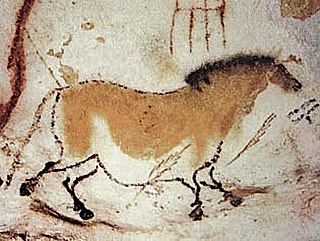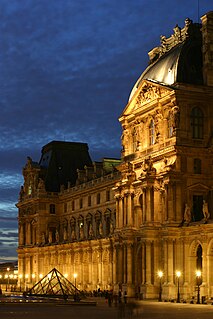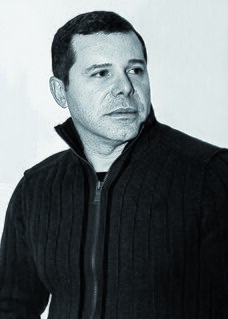The Museo Extremeño e Iberoamericano de Arte Contemporáneo (MEIAC) or Ibero-American Museum of Contemporary Art is a contemporary art museum located in the city of Badajoz, Province of Badajoz, Extramadura, Spain.

Contemporary art is the art of today, produced in the second half of the 20th century or in the 21st century. Contemporary artists work in a globally influenced, culturally diverse, and technologically advancing world. Their art is a dynamic combination of materials, methods, concepts, and subjects that continue the challenging of boundaries that was already well underway in the 20th century. Diverse and eclectic, contemporary art as a whole is distinguished by the very lack of a uniform, organising principle, ideology, or "-ism". Contemporary art is part of a cultural dialogue that concerns larger contextual frameworks such as personal and cultural identity, family, community, and nationality.

An art museum or art gallery is a building or space for the display of art, usually from the museum's own collection. It might be in public or private ownership and may be accessible to all or have restrictions in place. Although primarily concerned with visual art, art galleries are often used as a venue for other cultural exchanges and artistic activities, such as performance arts, music concerts, or poetry readings. Art museums also frequently host themed temporary exhibitions which often include items on loan from other collections.

Badajoz is the capital of the Province of Badajoz in the autonomous community of Extremadura, Spain. It is situated close to the Portuguese border, on the left bank of the river Guadiana. The population in 2011 was 151,565.
It is housed in a building designed by the architect José Antonio Galea. [1] It is on the site of the former Pretrial Detention and Correctional Center, which was built in the mid-1950s on the grounds of the former 17th-century Fort of Pardaleras.
The museum has a collection of art works of Spanish, Portuguese, and Latin American artists. [2]

Portuguese people are a Romance ethnic group indigenous to Portugal that share a common Portuguese culture and speak Portuguese. Their predominant religion is Christianity, mainly Roman Catholicism, though vast segments of the population, especially the younger generations, have no religious affiliation. Historically, the Portuguese people's heritage largely includes the pre-Celts and Celts, who became culturally Romanized during the conquest of the region by the ancient Romans. A number of Portuguese also can trace limited descent from Germanic tribes who arrived after the Roman period as ruling elites, including the Suebi and Visigoths in northern Portugal, as well as converted Jewish and North Africans as a result of the Moorish occupation of the Iberian Peninsula, especially in the Algarve region of southern Portugal.

Latin America is a group of countries and dependencies in the Western Hemisphere where Romance languages such as Spanish, Portuguese, and French are predominantly spoken; it is broader than the terms Ibero-America or Hispanic America. The term "Latin America" was first used in an 1856 conference with the title "Initiative of the America. Idea for a Federal Congress of the Republics", by the Chilean politician Francisco Bilbao. The term was used also by Napoleon III's French government in the 1860s as Amérique latine to consider French-speaking territories in the Americas, along with the larger group of countries where Spanish and Portuguese languages prevailed, including the Spanish-speaking portions of the United States Today, areas of Canada and the United States where Spanish, Portuguese and French are predominant are typically not included in definitions of Latin America.






